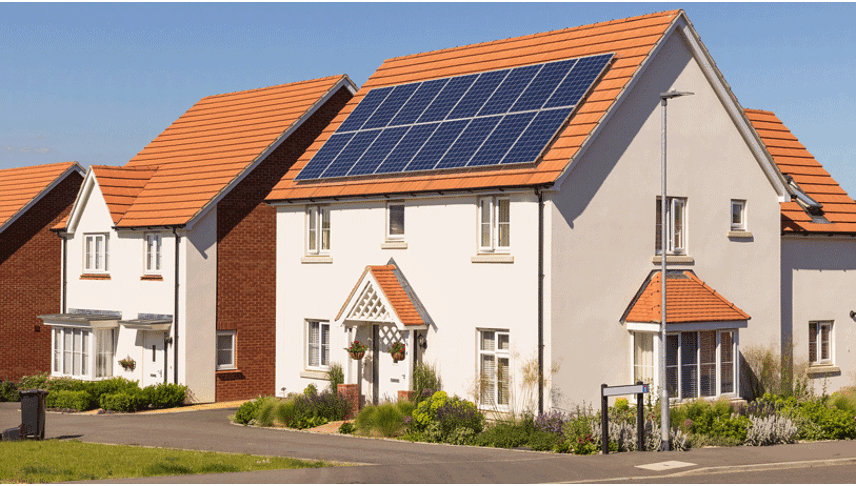Register for free and continue reading
Join our growing army of changemakers and get unlimited access to our premium content

The built sector is urging the Government to consider a more ambitious iteration of the Future Homes Standard by 2028.
The letter, addressed to the Department of Levelling Up, Housing and Communities (DLUHC) and the Department for Environment, Sustainability and Net-Zero (DESNZ), voices concerns about the adequacy and potential drawbacks of the Future Homes Standard consultation draft published this week.
The letter, signed by approximately 70 built industry players, will be sent to senior figures at DLUHC and DESNZ before the consultation deadline on 6 March.
While acknowledging positive elements in the proposed draft, the consortium deems the whole packgefar from definitive and highlights immediate issues that require attention in the upcoming 2025 regulations.
The letter highlights that one of the major contentions lies with the Option 2 notional specifications, particularly the omission of solar panels and a lowering of building fabric standards.
The coalition asserts that such measures could lead to an additional £600-£700 per year on energy bills for residents of new homes, while emphasising the importance of considering the public sector equality duty, ensuring that Government standards do not disproportionately affect those with lower incomes or protected characteristics.
The letter further argues that lowering fabric standards could strain the electricity grid, especially as demand is expected to quadruple by 2050 due to the electrification of heat, transport and industry.
A key demand in the letter is for all new homes to incorporate integrated solar PV as a standard feature, maximising the use of renewable energy, particularly as installation costs continue to decrease.
Additionally, the consortium supports voluntary post-occupancy performance testing but insists on making enhanced testing mandatory post-completion. It argues that transparency on actual performance is crucial, supporting the introduction of Building Performance Evaluation (BPE).
In response to concerns that higher standards might impede scaling and accelerating the delivery of new homes, the consortium cites recent Government studies that found no evidence supporting this claim. The coalition argues that the additional cost of implementing higher standards can be absorbed through adjustments to land values, as seen with previous regulation changes, without increasing household costs.
Looking ahead, the group is urging the Government to consider a more ambitious iteration of the Future Homes Standard by 2028, incorporating embodied carbon, improved ventilation and building fabric.
The letter proposes starting with an industry and Local Authority agreed voluntary standard by 2025 to inform future building regulations.
LETI workstream lead Michela Ravaglia said: “Ultimately, the regulation described in this consultation draft will not deliver the carbon cuts within the construction sector necessary for the Government to maintain its wider, legally binding, carbon reduction pathways over coming years.
“By the third iteration of the consultation, the time is now for the Future Homes Standard and Future Building Standard to become the driver net-zero carbon, by targeting highly efficient fabric-first approach and regulating embodied carbon, rather than relying more heavily on retrofitting existing buildings.”


Please login or Register to leave a comment.